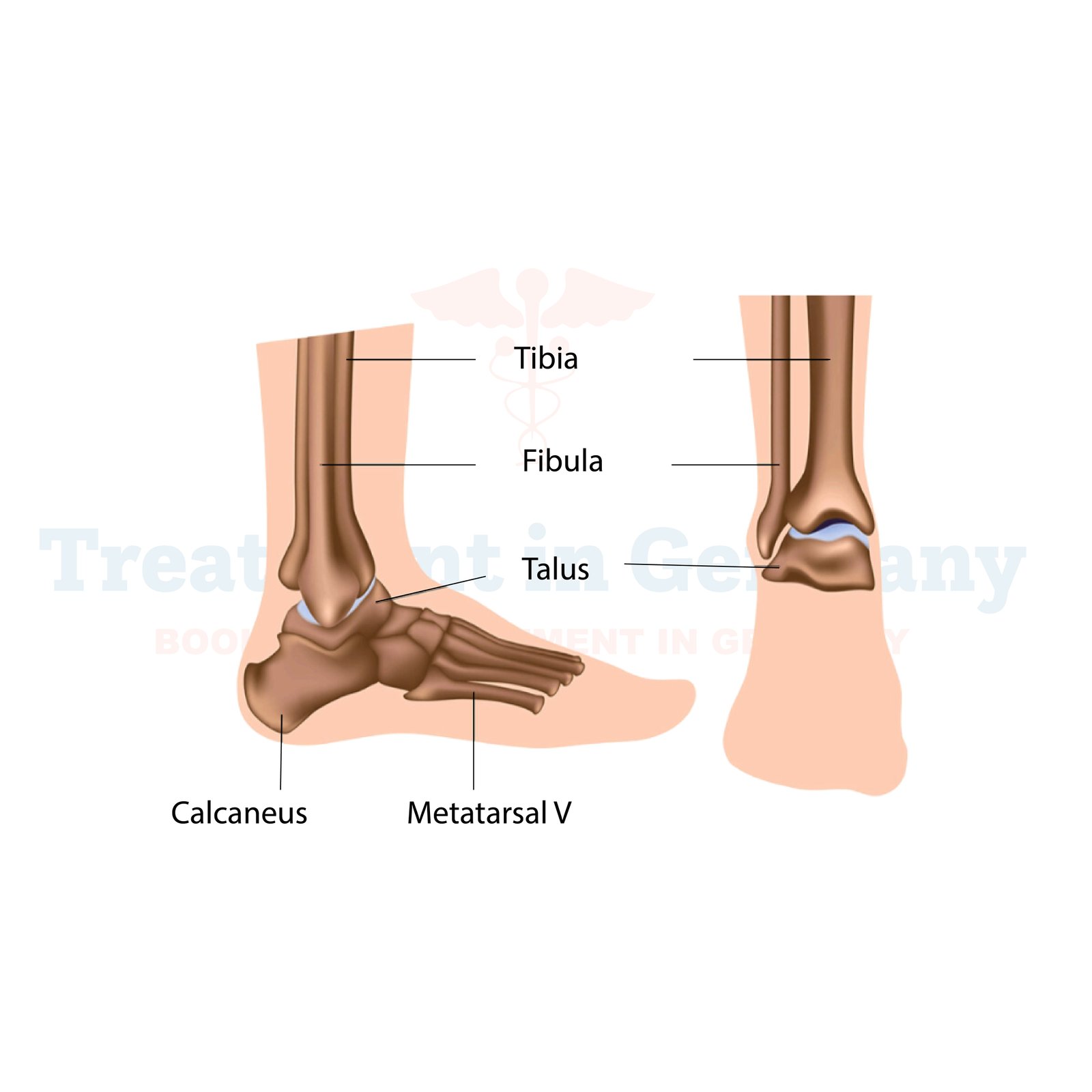What is Arthritis of the Foot and Ankle?
Arthritis of the foot and ankle refers to inflammation and degeneration of the joints in these areas. It can affect any part of the foot or ankle, leading to pain, stiffness, and limited mobility. There are several types of arthritis that can affect the foot and ankle, including osteoarthritis, rheumatoid arthritis, and post-traumatic arthritis. These conditions can develop due to wear and tear, autoimmune disorders, or previous injuries.
Side Effects of Arthritis of the Foot and Ankle:
The side effects of arthritis in the foot and ankle can vary depending on the type and severity of the condition. Common symptoms include:
How is Arthritis of the Foot and Ankle Diagnosed?
Diagnosing Arthritis of the Foot and Ankle typically involves a combination of medical history, physical examination, and diagnostic tests. Your healthcare provider may:
1. Review Symptoms: Discuss your symptoms, medical history, and any previous injuries or conditions.
2. Physical Examination: Examine the affected foot and ankle, checking for swelling, tenderness, and range of motion.
3. Imaging Tests: X-rays, CT scans, or MRI scans may be ordered to assess the extent of joint damage and rule out other conditions.
Potential Treatments of Arthritis of the Foot and Ankle:
While there is no cure for arthritis, several treatments can help manage symptoms and improve quality of life. Treatment options may include:
1. Medications: Nonsteroidal anti-inflammatory drugs (NSAIDs), corticosteroids, and pain relievers can help reduce pain and inflammation.
2. Physical Therapy: Targeted exercises and stretches can improve joint flexibility, strength, and stability.
3. Orthotics: Custom orthotic devices or shoe inserts can provide support and relieve pressure on affected joints.
4. Assistive Devices: Braces, canes, or walking aids may be recommended to reduce stress on the foot and ankle joints.
5. Injections: Corticosteroid injections or hyaluronic acid injections can provide temporary relief by reducing inflammation and lubricating the joints.
6. Surgery: In severe cases, surgical options such as arthroscopy, joint fusion, or joint replacement may be considered to repair or replace damaged joints.
👉 Contact us for further information and receive a complimentary consultation.

.webp)
.webp)
 (1).webp)
 (1).webp)


.webp)
.webp)
 (1).webp)
 (1).webp)

